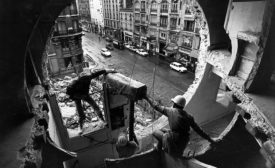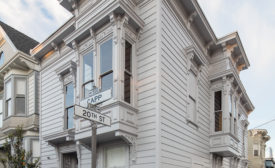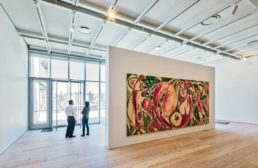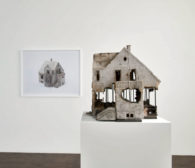Peter Plagens
Peter Plagens is an artist and critic whose last book was Bruce Nauman: The True Artist (Phaidon).
ARTICLES
Discipline Problem
The relationship between art and architecture in recent decades has ranged from sympathetic complicity to outright hostility.
Read More
Copyright ©2025. All Rights Reserved BNP Media.
Design, CMS, Hosting & Web Development :: ePublishing




